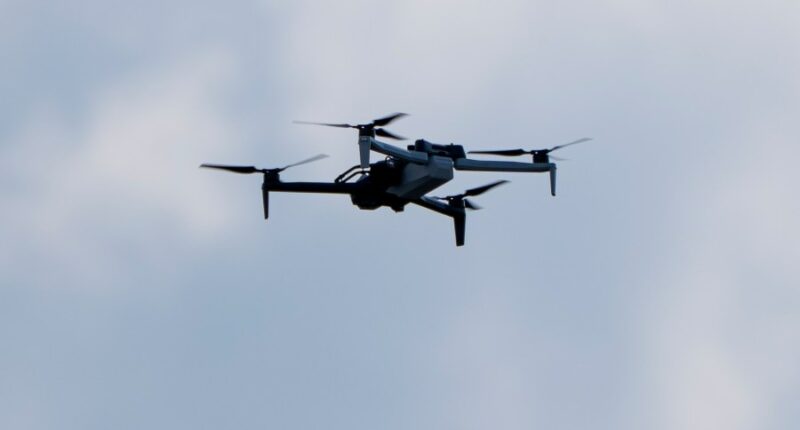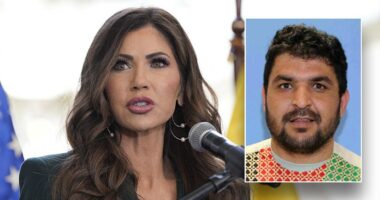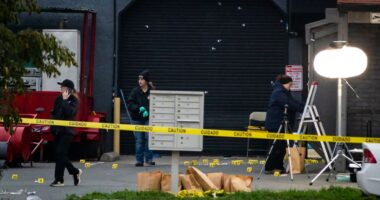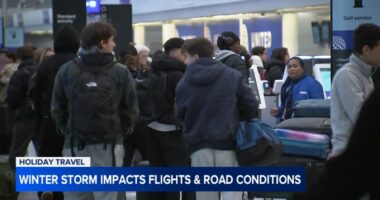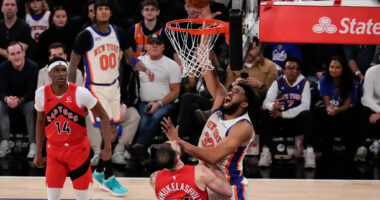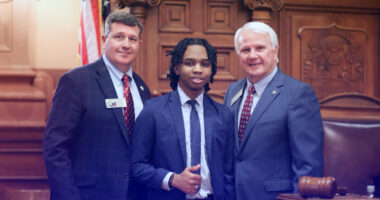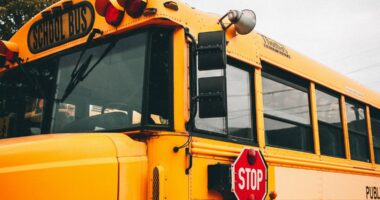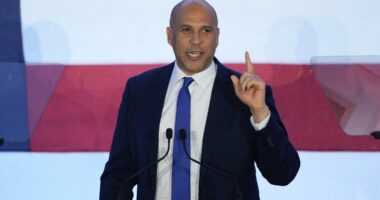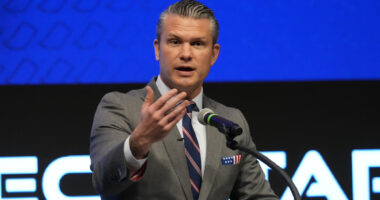Share this @internewscast.com

A new federal regulation proposed on Tuesday aims to streamline the process for companies wishing to operate drones beyond the operator’s line of sight, eliminating the need for a time-consuming waiver.
Previously, the government granted 657 waivers for situations where companies like Amazon and major utilities needed to fly drones beyond the operator’s sight, but the waiver process has been seen as a barrier. The proposed rule seeks to create a straightforward procedure for drone operators to obtain permission for such operations.
The drone industry has advocated for this rule, as the ability to fly drones out of sight presents numerous opportunities. This includes expanding the use of drones for delivering goods, inspecting infrastructure such as bridges and power grids, and agricultural tasks like spreading fertilizer over extensive farmland.
“This proposed rule is a vital move towards enabling drone operations that will boost safety, revolutionize commercial services, and enhance public safety by utilizing drones as an amplified resource,” remarked Michael Robbins, president & CEO of the Association for Uncrewed Vehicle Systems International, in a statement.
Rules spell out when drones can be flown out of sight
The rule details the conditions under which drones can operate below 400 feet and aims to prevent aviation disruptions and issues near airports, according to FAA Administrator Bryan Bedford. Drones will need to be equipped with technology to avoid collisions with aircraft and other drones. Additionally, the rule sets a weight limit for drones at 1,320 pounds, including their cargo.
“The challenge hasn’t been America’s ability to innovate or create remarkable drone technology, but rather the presence of a bureaucratic framework that makes it extraordinarily difficult for innovators to truly innovate,” stated Transportation Secretary Sean Duffy.
The rules are designed to address the way modern drones are being used today.
“While the technology has rapidly advanced over the last decade, our regulatory framework in the United States has failed to keep pace,” said Linda Ellman, CEO of the Commercial Drone Alliance group. “Drone operators must navigate a labyrinth of ill-suited regulations designed for crewed aircraft.”
A rule in the works for years
President Donald Trump issued executive orders in June directing the Transportation Department to quickly get this rule out. The orders also included restrictions meant to help protect against terrorism, espionage and public safety threats.
Drones are already used in a variety of ways, including bolstering search and rescue operations, applying fertilizer, inspecting power lines and railroad bridges, and even delivering packages.
Amazon is one of the companies that received a waiver allowing it to use drones this way for some of its deliveries in College Station, Texas, as it develops the technology. This rule should make it easier for Amazon and other companies to get approval to use drones this way in more communities.
Addressing concerns about safety
The war in Ukraine has highlighted how drones could be used in a military or terrorist attack — a concern as the World Cup and Olympics approach in the U.S. There also have been espionage cases where drones have been used to surveil sensitive sites. And White House officials said drones are being used to smuggle drugs over the border, and there are concerns about the potential for a disastrous collision between a drone and an airliner around an airport.
The FAA consulted with the Department of Homeland Security as it developed this rule to make sure security concerns are addressed. The government will accept comments on the new rule over the next 60 days before finalizing the rule likely sometime later this year. Drone operators will have to go through background checks and be certified to operate drones out of their sight.
Duffy and Bedford said they hope having regulations in place can help prevent problems like earlier this year when a small drone collided with a “Super Scooper” plane that was fighting wildfires raging through Southern California. The drone punched a hole in the plane’s left wing, causing enough damage that officials grounded the aircraft for several days to make repairs.
Authorities tracked down the 56-year-old drone operator, who pleaded guilty to a federal charge of recklessly flying his aircraft. The man admitted he launched his DJI quadcopter to observe fire damage over the Pacific Palisades neighborhood, despite the FAA having restricted drone flying in the area, according to court records. The operator lost sight of the drone after it flew about 1.5 miles from where he had launched it. And that’s when it struck the “Super Scooper.”
This rule applies directly to commercial and recreational drone operators who must apply to be able to fly drones out of sight. People who buy drones on their own and don’t get approval would still be prohibited from doing this.
___
Associated Press writers Dee-Ann Durbin, Rio Yamat and Didi Tang contributed to this report.
